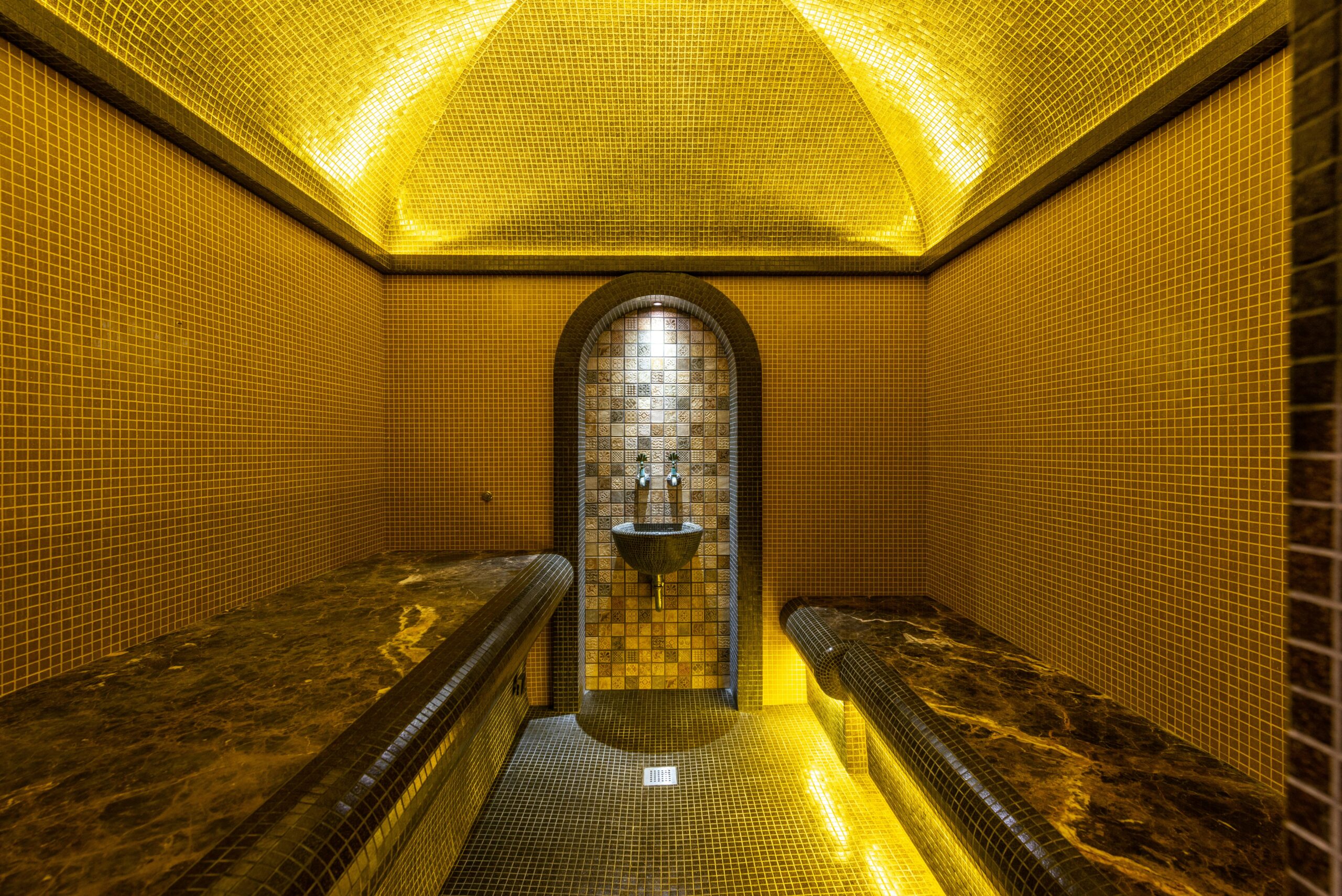Massage was once reserved for prestigious spas and the wealthy, and it was sometimes regarded as idle or even skeptical. It is currently recognized as one of the ways to improve a person’s well-being, both physically and spiritually. People continue to ask if massages are truly beneficial to a person’s health, or if its worth derives primarily from leisure and relaxation. People should be aware that massage benefits are not only pleasurable but also have the potential to improve overall health. Massages have been shown to alleviate chronic pain and stiffness, lower stress levels, and even strengthen the immune system in both men and women. That’s the reason more people are turning to Hammam massage services to get rid of physical discomfort and mental stress. In this blog, we will explore the numerous health benefits of massage therapy for both the body and the mind. Types of Massage Therapy for Specific Health Benefits There are numerous types of massage therapy, and each style is unique in that it addresses specific features. Let’s look at some common and specialized types: Swedish Massage Swedish massage is known for its mild to medium pressure and is ideal for people who wish to feel calm and relaxed after their session. This is appropriate for beginners or anybody seeking general body relaxation. Deep Tissue Massage This type of massage focuses on the muscles and connective tissues located deeper in the body. This approach is commonly used for patients suffering from chronic pain, muscle tension, or injury rehabilitation, and it requires slower, more deep tissue therapy. Sports Massage Sports massage is used for athletes to improve performance, speed up recovery time, and avoid injuries. This style of massage concentrates on the muscles that are most commonly used in specific sorts of athletic activities, helping athletes stay in peak condition. Trigger-Point Therapy Trigger point therapy aims to break up adhesions or knots that have formed in muscles as a result of an injury or overuse. Kinesio is particularly effective for treating headaches, sciatica, and discomfort in the shoulder or neck since it focuses on sensitive zones. Sauna Massage Sauna massage combines the medical benefits of saunas as heat treatments with massages that remove toxins from muscles. The sauna’s heat relaxes the muscles, allowing for deeper massage strokes, better circulation, and post-massage muscle benefits. Western Turkish Massage (Hamam Massage) This massage has its roots in the Turkish bath practice where there is use of water and steam. It is a revitalizing process that helps remove dead skin cells, increase blood circulation, and create general relaxation with stomatic, tissue kneading gestures which are commonly administered on a heated granite table. Hammam Massage Massage benefits from a Hammam are infinite, much like those from Turkish massage. In order to provide a comprehensive experience that revitalizes and cleanses the body while enhancing general well-being, this treatment usually combines washing, scrubbing, and steaming with a cozy massage. It has the effect of purging out toxins from the body, and the skin in particular, and when you are done you feel so refreshed. Physical Health Benefits of Massage Therapy Massages are quite beneficial in the treatment of bodily aches, pains, and other ailments affecting the human body. Here’s how. Reduces Muscle Pulling and Pain The first effect of massage is muscle relaxation, which has a significant impact. Stress, usage, or injury can cause your muscles to tighten, resulting in pain and limited movement. Deep tissue and Swedish massage techniques are used to relax muscle fibers, promote flexibility, and relieve pain. Improves Circulation Massages increase blood circulation by ensuring that tissues and organs receive appropriate oxygen and nutrients. Increased circulation allows the body to replenish cells more quickly, promotes faster healing of injuries, and even prevents the emergence of disorders like hypertension and varicose veins. Boosts Immune Function Massage therapy has been linked to improved immune system function, according to studies. Reducing stress levels and increasing blood flow in the body causes the body to create more lymphocytes, which are white blood cells used to fight diseases. Promotes Better Sleep Massages can also help insomniacs and others who suffer from sleep disorders. To be more specific, it has been shown that massages play an important function in the secretion of serotonin, a neurotransmitter that regulates the sleep cycle. Massages, on the other hand, aid in the relaxation of the body and the release of tension, both of which are required for good sleep. Mental Health Benefits of Massage Therapy Massage works not only on the physical level but also on the psychological level, positively influencing mental health. Let’s explore these benefits: Reduces Stress and Anxiety Massages are useful in decreasing cortisol levels, which is the body’s stress hormone. They also raise serotonin and dopamine levels associated with happiness and relaxation. This combination allows for the relaxation of a troubled mind, making massage treatment an ideal stress relief method. Reduces the Symptoms of Depression Massage is more than just a relaxing process; it can also have a favorable impact on mental and physical health. Reduced muscle tension and increased circulation also mean that the brain receives a greater supply of oxygen, which improves its performance. Fights Depression Massage is frequently used together with other forms of therapy to treat depression. Massages induce the release of serotonin and dopamine, which can alleviate feelings of hopelessness and sadness. Also, when delivering a massage, bare skin may come into contact with each other, providing mental comfort. Final Thoughts Now you know how massages could help you relieve stress and even have a positive effect on your health, and there are countless massage benefits. Therefore, if you are stressed, feeling numb or even a little low, it is time to get yourself a massage in a popular Hammam spa. Apart from relaxation, getting a massage at least once a week helps in rebuking both the mind and the body hence being able to help one escape everyday stresses.














